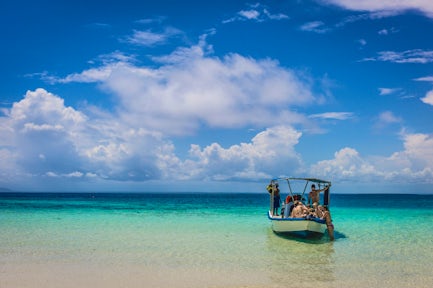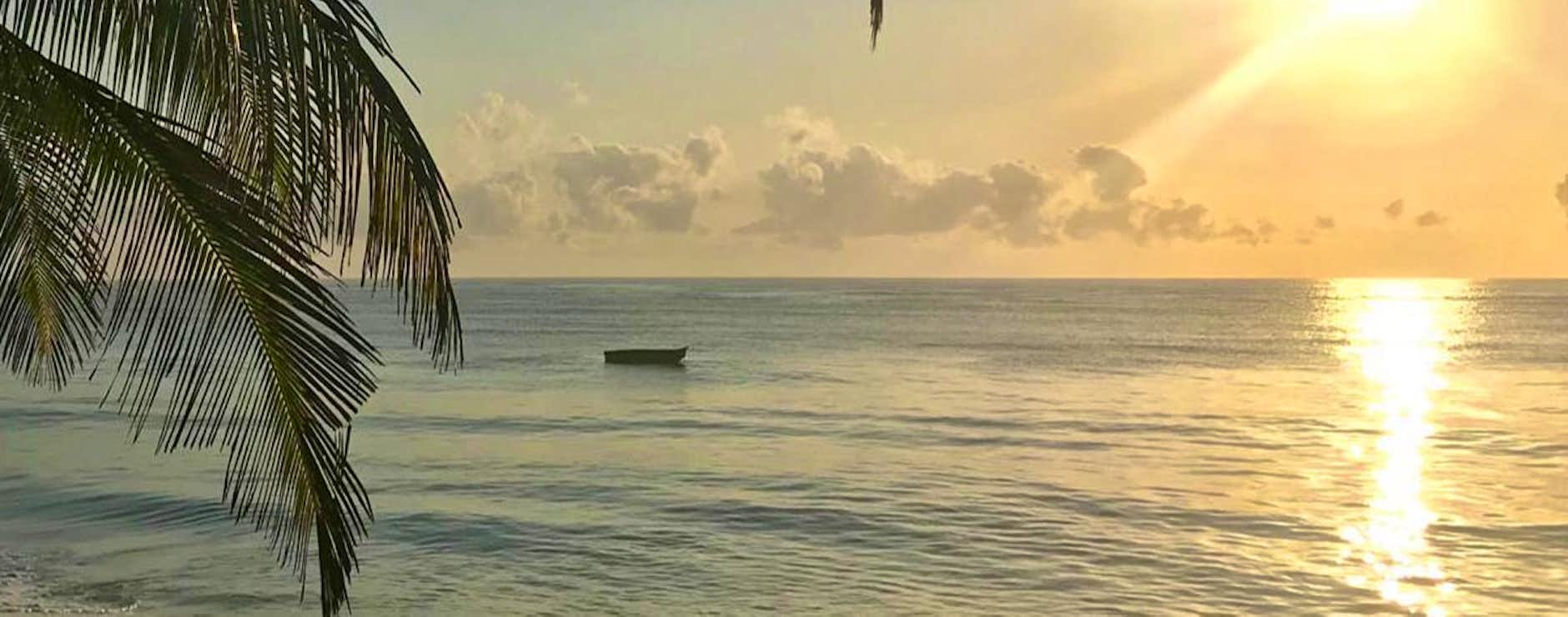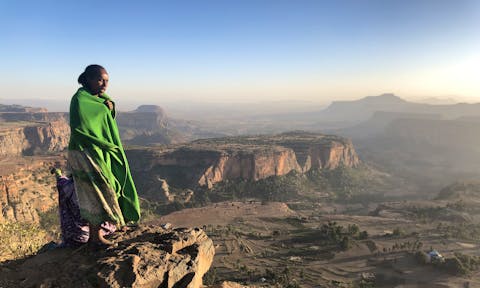Shell-ebrating our favourite reptiles
Turtles are great for tourism - the chance to see them in their natural habitat underwater or in marine centres have people flocking from all over the world.
On the south coast of Kenya, you can predominantly find the endangered green turtles and hawksbill turtles. Despite great conservation efforts to protect the turtle population, their biggest threat has always been humans. Poachers nearly wiped out the hawksbill turtles in the 1950s, farming their shells and turning them into jewellery and bric-a-brac for tourists - a trade that the population never quite recovered from. Green turtles are poached for their meat and sold on the black market, which is later made into soup and sold for a high price.
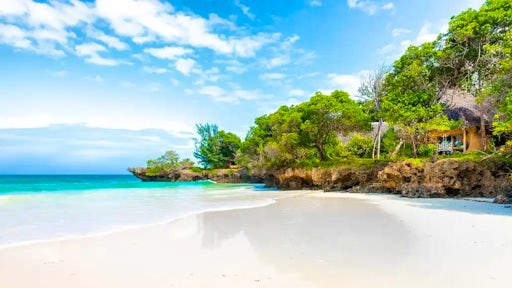
In an effort to protect Kenya’s turtles, Diani Turtle Watch was founded in 2012. The Watch works with a team of 14 conservation monitors that work on the ground, covering the area from Waa to Funzi Island - roughly 50km of shore. Their routine consists of waking early and surveying the beach, spotting and recording and turtle nesting occurrences, mortalities and stranding cases throughout the day.
Working out of the Marine Education Centre, which can be found within the Sands at Nomad Resort, the Watch dedicates itself to spreading awareness and education to the local communities and tourists. Their message is clear: these turtle species are endangered on a global scale and the race is on to conserve them. In fact, it’s estimated that only 1 out of 1,000 hatchlings will make it to adulthood.
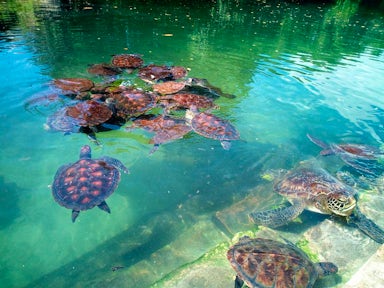
Collaborating and corresponding with the Diani Turtle Watch is the Olive Ridley Project, which monitors 13 dive sites month to month, checking in on the turtle population. The summer months however bring unstable weather and poor diving conditions, and so in the month of September, only 8 were visited. 102 green turtles and 14 hawksbill turtles were spotted, as well as some newcomers! A further 21 green turtles and 3 hawksbill turtles were added to their database, meaning that they are now under the watchful eye of these conservation efforts.
So how can we help the turtles when we travel to Kenya's beaches? Mindful actions to take are to stay in resorts that practise responsible beachfront management, don't take anything home from the beach, and snorkel or dive with reliable operators. We think that Kenya Wildlife Services puts it best: 'leave footprints in the sand and bubbles in the water.'
